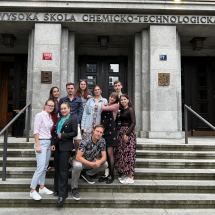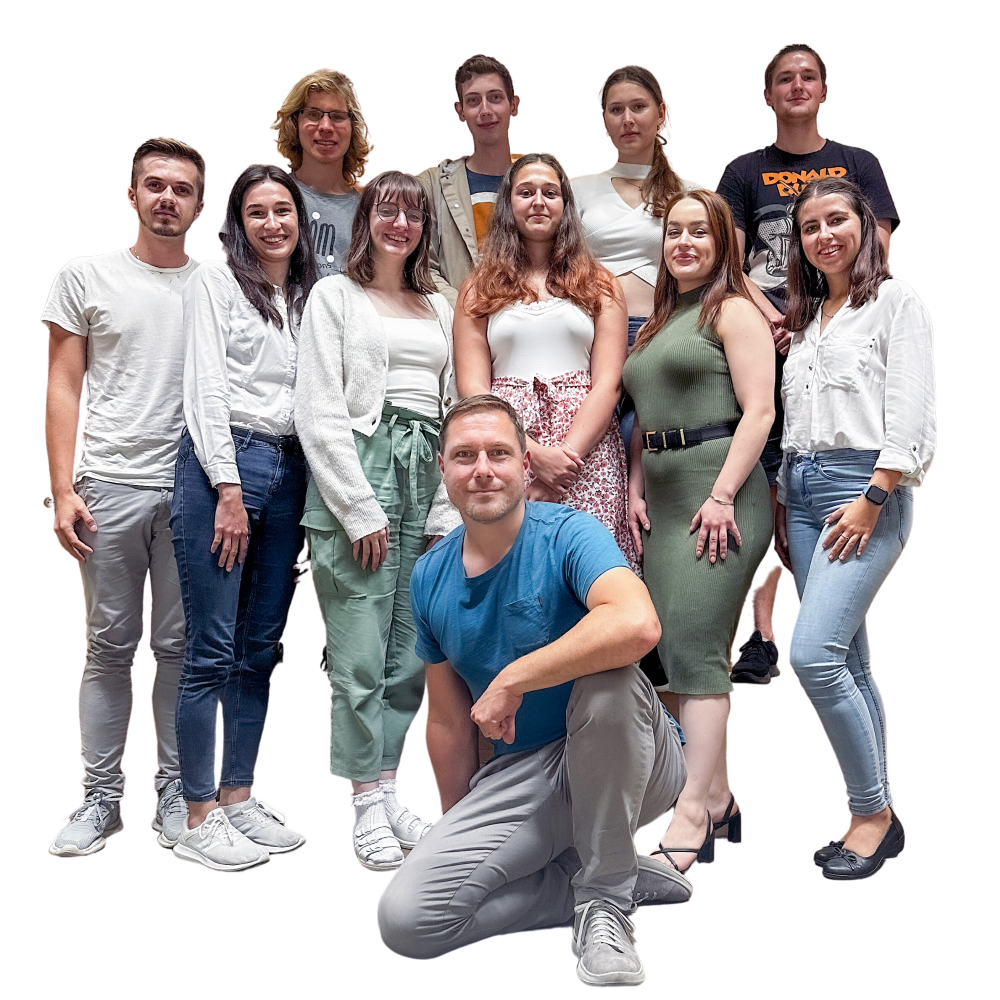REDOX Lab
We are glad to welcome you to our laboratory page!
We are a friendly and open laboratory that focuses on the topics of oxidative stress, antioxidants and redox signalling in fields related to human health. We research in microbiology, cell biology, biochemistry, chemical biology and materials science.
What is our goal?
We are engaged in a mixture of basic and applied research to understand the mechanisms of various diseases and then to find new smart approaches to prevent and treat them. We collaborate with experts in other departments, including physicists, chemists, materials scientists, physiologists and physicians.
What can you find here?
We'll keep you up to date on the exciting things we're up to - our latest projects, findings and maybe even behind the scenes. But it's not just about our work in the lab. We also share a lot of our knowledge. You'll find educational materials, fun facts and some tips for budding scientists on our sites. We're all about spreading the love of science far and wide.
So bookmark this page, follow us on social media and join us on this wild ride through a fascinating world of ![]() . If you've got questions or just want to say hi, drop us a line - we'd love to hear from you.
. If you've got questions or just want to say hi, drop us a line - we'd love to hear from you.
WE ARE DEALING WITH
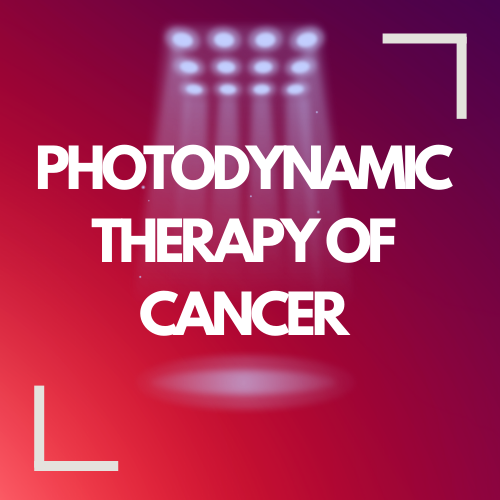 |
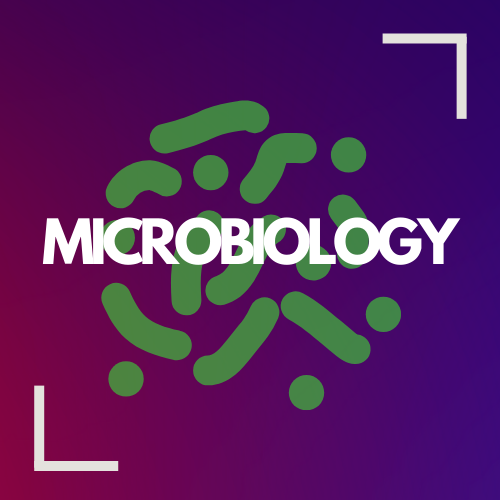 |
 |
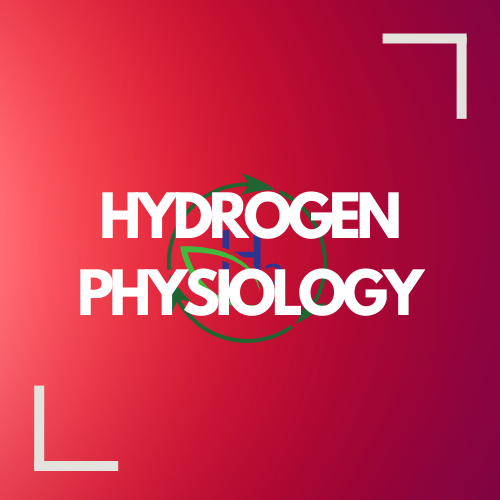 |
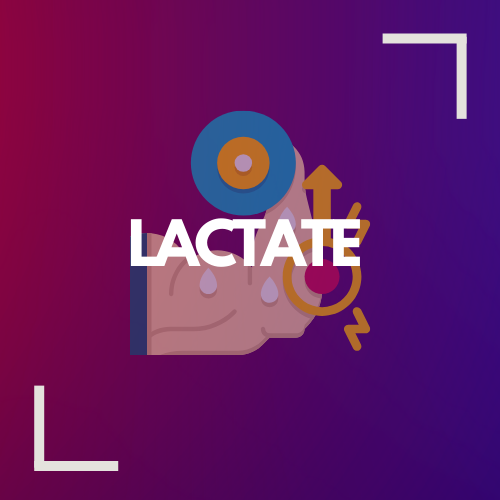 |
 |



